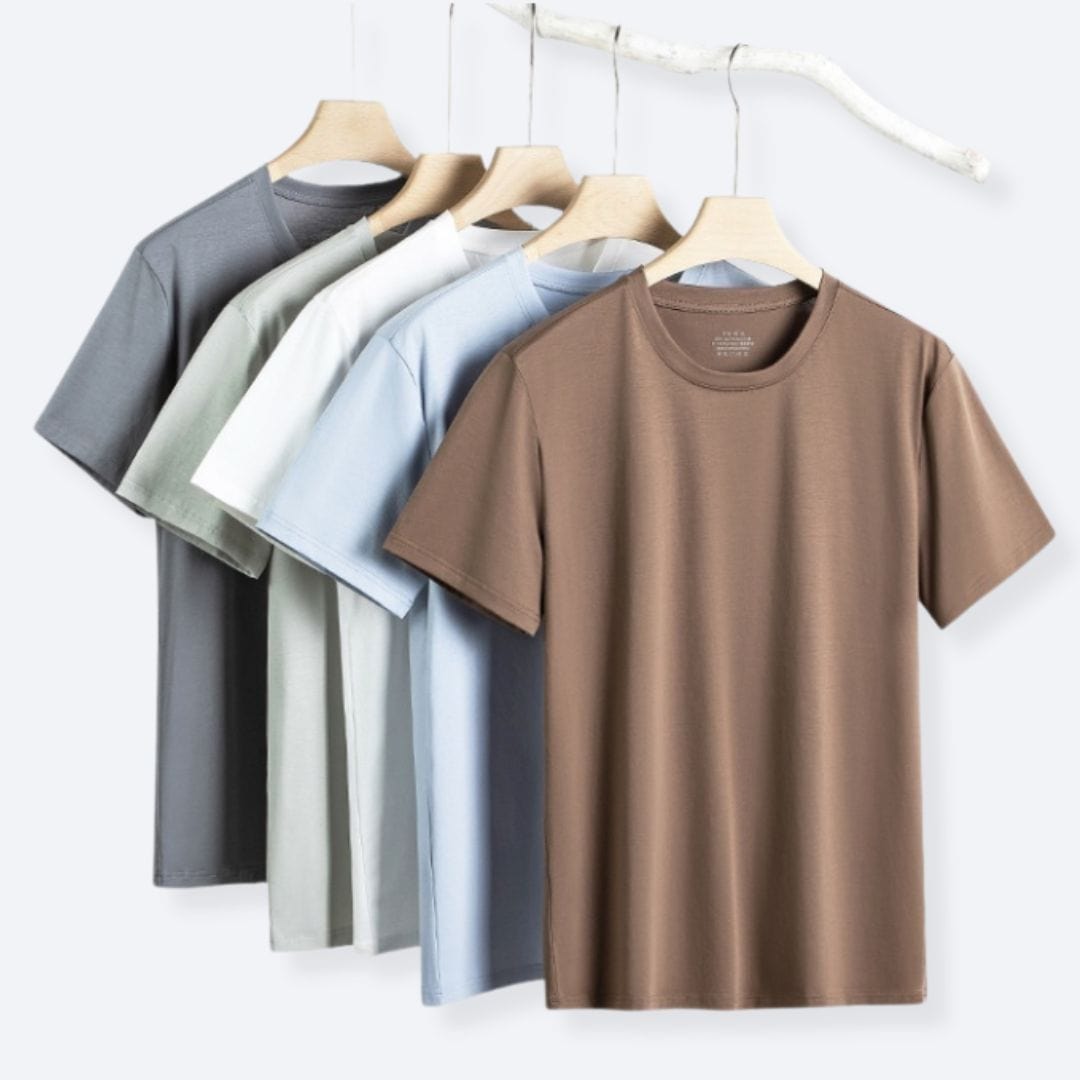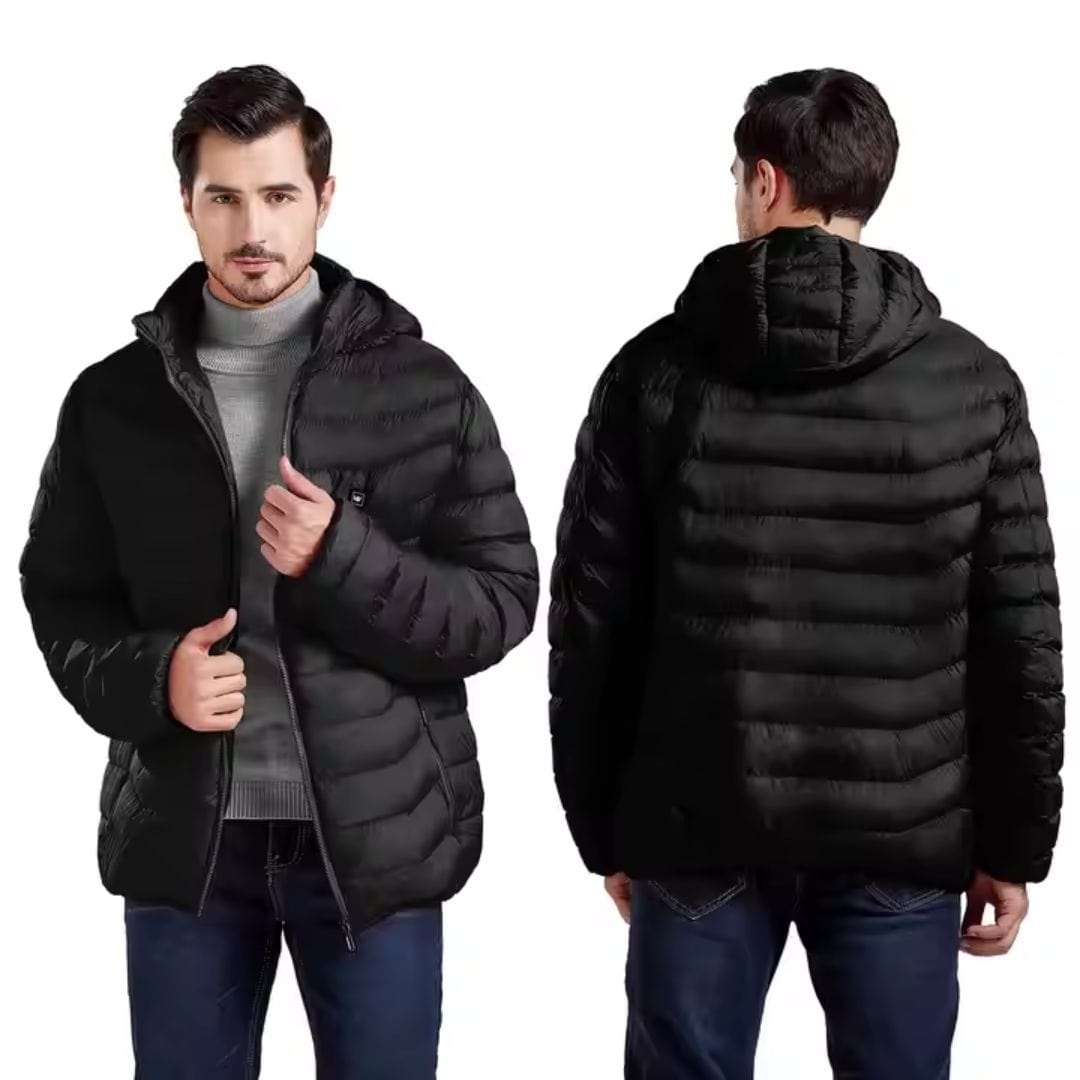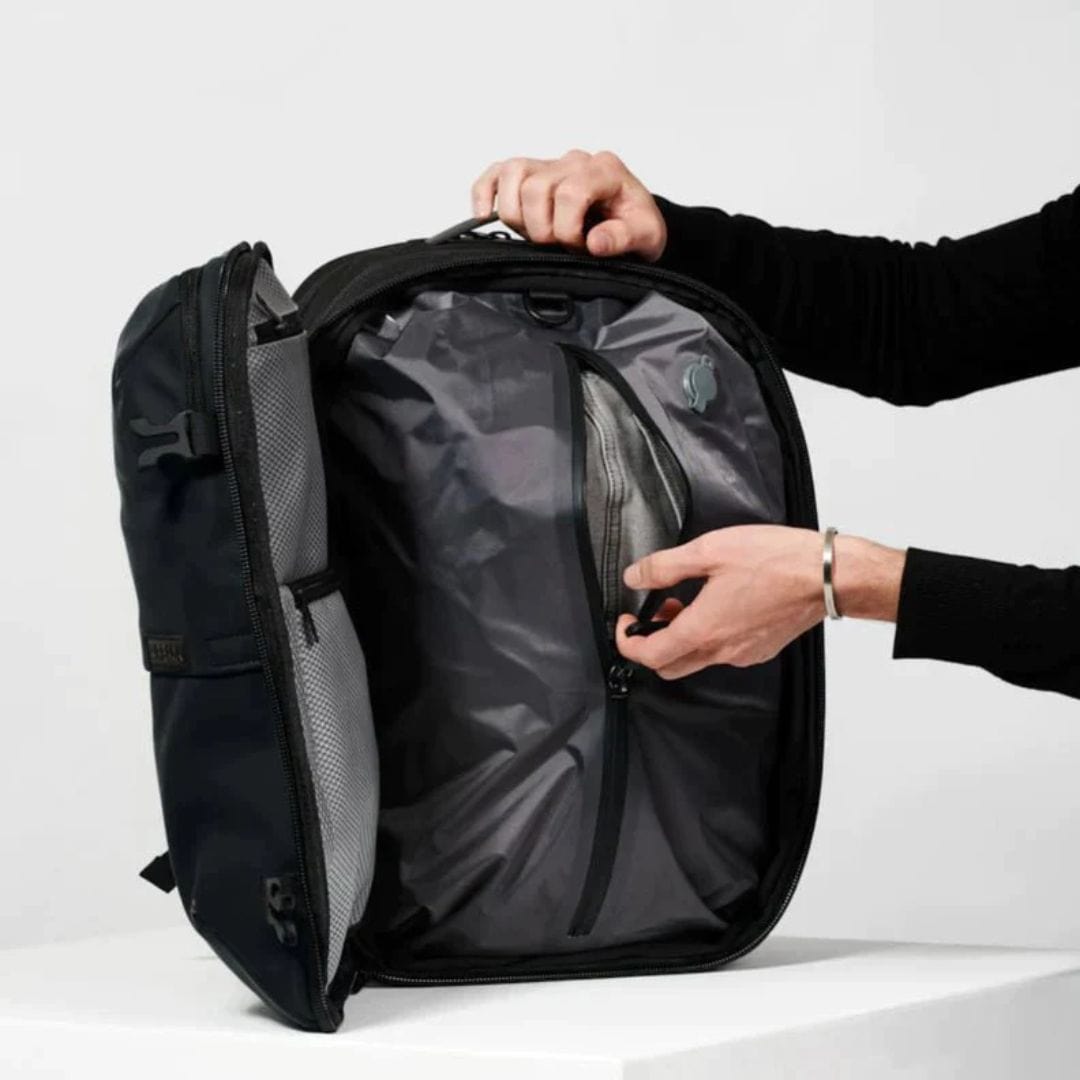Choosing the right pair of pants can elevate your style and confidence, but not all pants are created equal. Trousers and chinos, though often grouped together, each bring unique qualities to your wardrobe. Understanding their differences can help you make smarter style choices for any occasion.
Trousers lean towards formality, crafted from premium fabrics like wool or linen, offering a polished look perfect for professional or ceremonial settings. Chinos, on the other hand, provide a more relaxed yet versatile option. Made from lightweight cotton twill, they combine comfort, durability, and a casual elegance that works for both business casual and everyday wear.
The History of Chino Pants
Chino pants date back to the Spanish-American War in 1898. American soldiers stationed in the Philippines adopted these lightweight, breathable pants as part of their military uniform. Made from Chinese twill cotton, the fabric's affordability and durability made it a practical choice under budgetary constraints.
The design focused on a slim fit with tapered legs and minimal detailing to reduce fabric use, omitting pleats and large pockets. Known as "pantalones chinos," which translates to "Chinese pants" in Spanish, these pants earned their name from their country of origin.
After the war, soldiers brought chino pants back to the United States, where they quickly gained popularity. Initially trending in Ivy League schools and East Coast cities, their sleek, functional look later caught the eye of Hollywood. The chino trouser became a staple in men's fashion, maintaining its historical design while adapting to modern style demands.
Explore our travel pants collection here.
The History of Trousers
Trousers have a rich history dating back thousands of years. Evidence suggests that they originated around 1000 BCE in Central Asia, where horse-riding nomadic tribes used them for practicality and mobility. Crafted from materials like wool or animal skins, they were designed to protect riders during long journeys.
By the 6th century BCE, trousers spread into Europe through cultural exchanges. Ancient Greeks and Romans initially perceived them as barbaric but later adopted them for colder climates. The Roman soldiers stationed in northern territories were among the first in their empire to wear trousers for warmth and functionality.
During the Middle Ages, trousers evolved into more tailored designs. By the 18th century, they became an essential element of men's fashion, replacing breeches as daily attire. The industrial revolution further popularized trousers, with standardized production making them accessible to a broader audience.
Today, trousers serve as a foundational component in wardrobes worldwide. From formal options for business settings to casual variants like chino trousers, they continue to adapt to contemporary style and utilitarian needs.

Explore our travel pants collection here.
Key Takeaways
Distinct Styles
Trousers and chinos differ in style and versatility. Trousers suit formal settings with structured tailoring, while chinos offer a relaxed alternative crafted from lightweight cotton twill.
Appropriate Occasions
Trousers are ideal for professional or ceremonial events, such as weddings or job interviews. Use chino trousers for business casual environments or smart-casual gatherings.
Fabric and Design
Trousers often use premium materials like wool or linen, adding sophistication. In comparison, chinos incorporate durable, breathable fabrics for comfort in everyday use.
Cultural and Historical Significance
Both trousers and chinos hold historical importance. Chinos, originating in military uniforms, blend function with modern style. Trousers evolved through centuries, adapting to varying climates and social norms.
Fashion Essentials
Chinos and trousers form essential wardrobe staples. Their adaptability ensures style consistency across formal and casual settings, supporting individual expression.
Interested in More Content?
Your wardrobe deserves pieces that balance style and functionality, and both trousers and chinos offer just that. Knowing when and how to wear each can elevate your outfit choices and keep you prepared for any occasion.
Whether you're dressing for a high-stakes meeting or a weekend outing, knowing when to choose trousers or chinos ensures you're always appropriately dressed. These staples not only complement different styles but also adapt to various climates and occasions, making them essential additions to any wardrobe.












